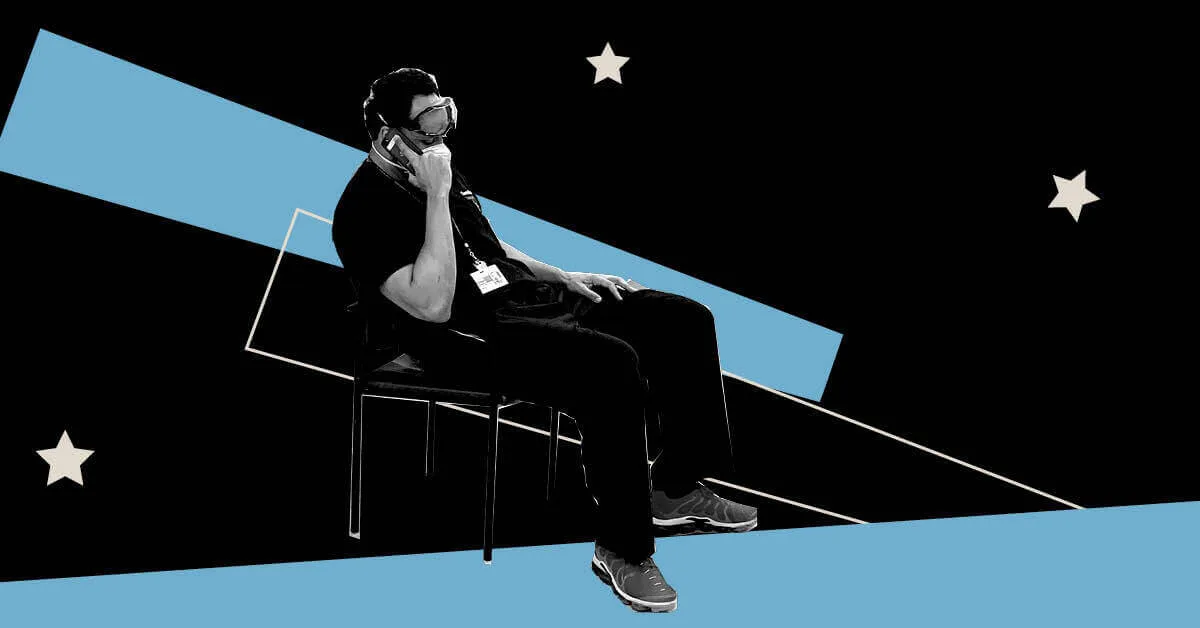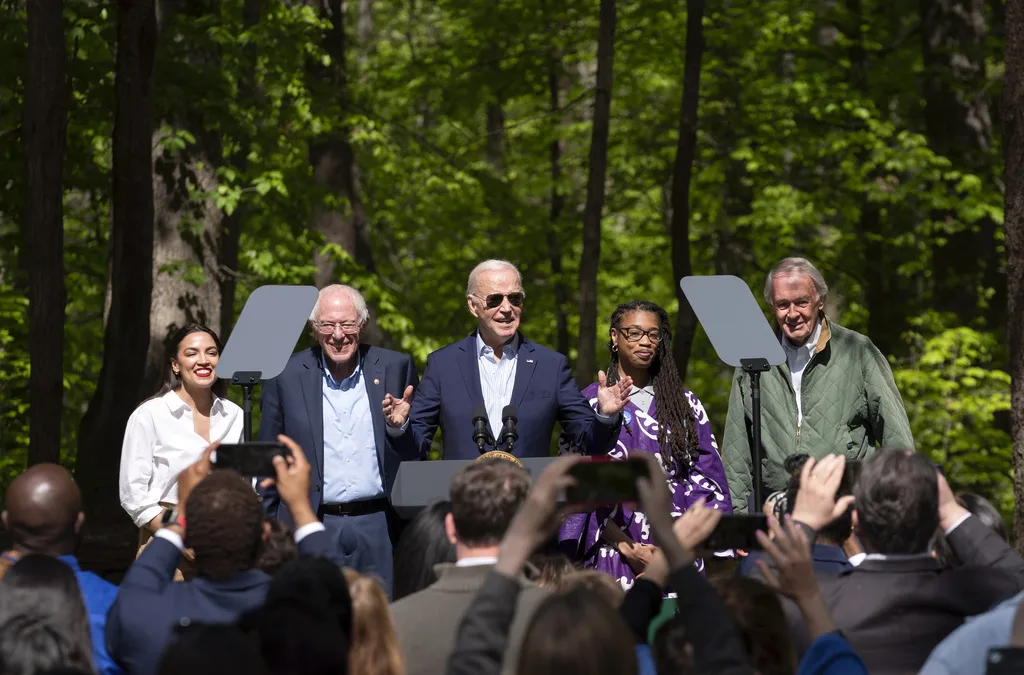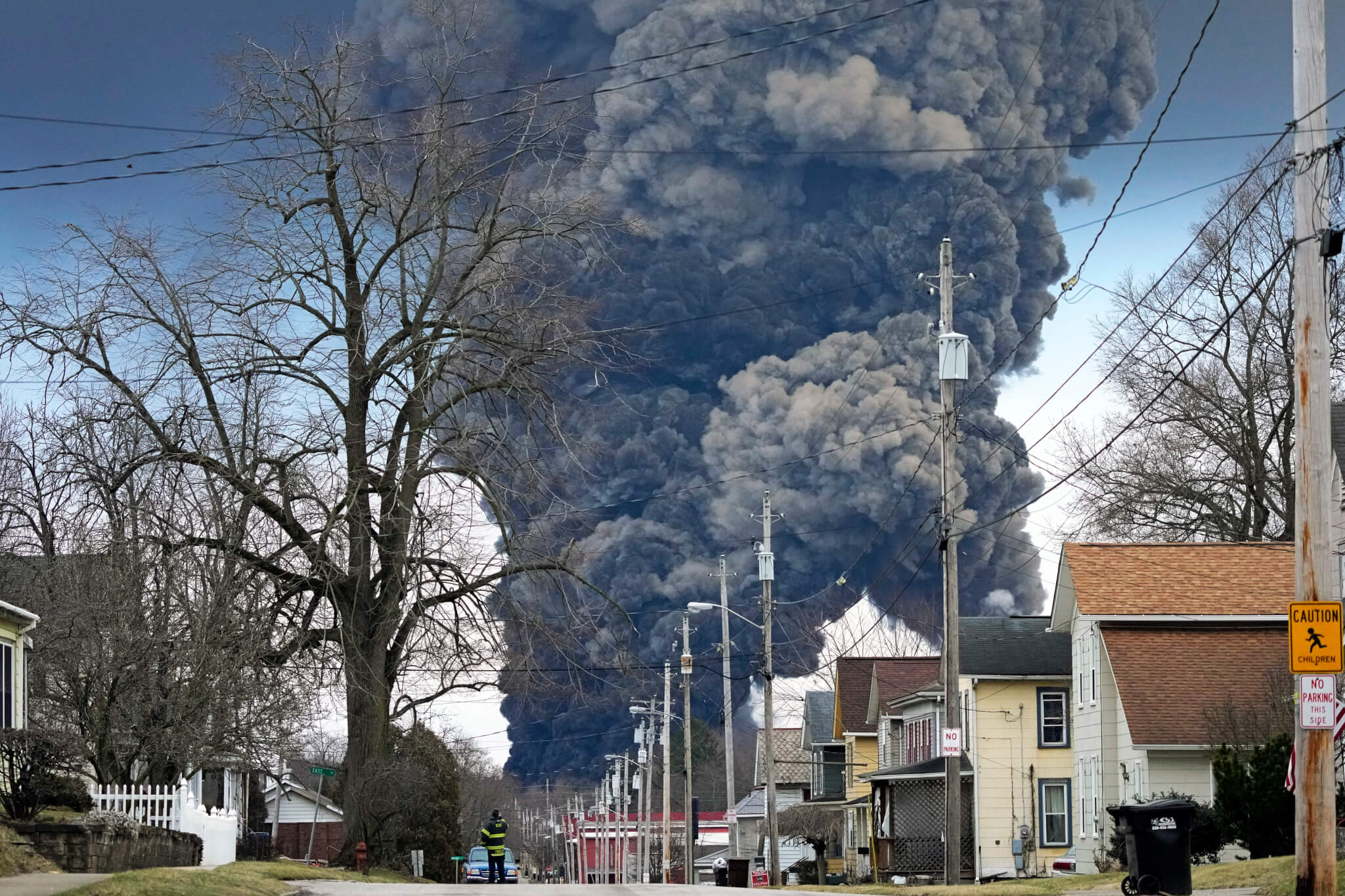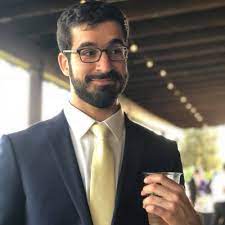
Image by Denzel Boyd for COURIER.
Healthcare providers have been called heroes throughout 2020 but have often not been treated as such. As the pandemic enters its deadliest phase yet, their takeaways and warnings deserve renewed attention.
To say that 2020 has been rough is putting it mildly. But even amid the death, division, and chaos, people have stepped up and shown us that there is still good in the world. While some of them reject the “hero” label, the sacrifices of these Americans deserve recognition for their impacts on our lives. Today, we are shining a spotlight on those who’ve fought on the COVID-19 frontlines in health care.
When Dr. Cleavon Gilman first heard about the coronavirus crisis in February, he had a feeling things might get scary.
“I knew that our hospitals were going to see something that they have never seen before in the history of America,” the 41-year-old emergency room physician told COURIER. Gilman, who served as a hospital corpsman in the military from 1999 to 2004, was no stranger to crisis. Still, he was overwhelmed by the catastrophe that unfolded in New York City in March.
“We were intubating 20–30 patients a day there in New York at one hospital,” he said. “A lot of people died there.”
Other hospitals across New York City were experiencing similar waves of patients, and over the span of 10 weeks, 20,000 residents died from COVID-19.
Sorting Fact From Fiction: Sign up for COURIER’s Newsletter
Gilman concluded his residency in New York in June and relocated to Yuma, AZ, where he had accepted a job before the pandemic began. By the time he and his family moved to Arizona, it was one of the country’s worst hotspots. He worked through a brutal second wave of COVID-19 cases, and, most recently, a third wave.
More than half a year later, the clapping, banging of pots and pans, and other shows of support for frontline healthcare workers are gone. The “hero” label has lost any luster it might have had, yet the work of healthcare workers continues. Gilman and others in the field deserve praise, and their takeaways and warnings deserve renewed attention as the pandemic enters its deadliest phase yet.
“Seeing this much death is not normal. I imagine this is going to be a problem for me and for a lot of healthcare workers after this.”
Currently, a record number of more than 117,000 Americans are hospitalized with COVID-19, and between 2,500 and 3,500 die from the virus daily. In total, more than 323,000 Americans have died from COVID-19 this year, according to the Johns Hopkins Coronavirus Resource Center. The toll is unlike anything Gilman says he could have imagined, and the experience, he says, is “harder than being in Iraq.”
“I wake up in my bed, and I kiss my family goodbye. I go to my job, and the war is being waged in the hospitals,” said Gilman.
Like so many other frontline medical workers, he’s had to make enormous sacrifices during the pandemic. He and his family have essentially been in a strict quarantine since February. “It’s been really hard on everyone. We’ve all been isolated at home on Zoom,” he said. He hasn’t seen his family in New Jersey for 10 months, and saying “no” to family gatherings has been challenging but necessary.
Frontline healthcare workers have also had to deal with unimaginable trauma. “Seeing this much death is not normal,” Dr. Gilman said. “I imagine this is going to be a problem for me and for a lot of healthcare workers after this.”
Gilman worries he might experience PTSD again, similar to what he dealt with after returning from the Iraq War. The sheer amount of death he’s witnessed this year, he said, has triggered nightmares, including one about his younger brother dying from the virus in a hospital. “I woke up with tears down my face,” Gilman said.
The federal response has exacerbated that trauma. President Donald Trump denied and minimized the pandemic for months. The ER doctor blasted Trump’s history of calling the virus a “hoax,” comparing it to the flu, and public statements that COVID would “go away” or “disappear.” He also registered disgust that Trump accused healthcare workers of stealing personal protective equipment and claimed doctors were profiting off the pandemic.
“It makes it very hard to be a front line healthcare provider under those types of conditions,” Gilman said.
Those failures and lies are part of what prompted Dr. Gilman to speak out during the pandemic. He told his story to the New York Times, STAT, and NPR. He Tweeted regularly to debunk misinformation, provide updates about what he sees in his hospitals, and honor the lives lost to COVID-19.
“We need precision public health approaches to protect ourselves and our children from COVID-19.”
Robin Cogan, a school nurse in Camden, NJ, Tweeted, blogged, and spoke to the New York Times and other media outlets to draw attention to the risk of COVID-19 transmission in schools.
As the debate over whether to reopen schools raged over the summer and quickly became politicized, Cogan was outspoken about the need for a coordinated national response informed by science and data. If schools did reopen, she wrote in USA Today that it would risk turning school nurses into first responders.
“We need precision public health approaches to protect ourselves and our children from COVID-19. We need leaders who center the safety of children, not partisan posturing,” she wrote. “We are missing a national plan. We have no clear road map for testing, tracing, quarantining, and isolating.”
RELATED: Nurses Make Up More Than a Third of Healthcare Workers Hospitalized with COVID
Without a national plan, Cogan couldn’t feel comfortable with the idea of reopening schools in her district. “It feels like we are playing Russian roulette with our students and school staff,” she wrote.
Cogan’s school district ultimately opted to continue fully remote instruction and was supportive of her as she went national with her concerns. Her community had already been devastated by COVID-19.
“I work in a very under-resourced, high-poverty city of Black and brown families,” Cogan said. “They have really suffered tremendously, as have many communities of color across the country.”
The district’s buildings are antiquated. The schools faced a shortage of personal protective equipment, and many families asked for virtual learning, according to Cogan. She was relieved when the district announced in August that learning would be fully remote for the coming school year. “I’m really proud of my district for taking that stand because they did center all decisions on science, data, and safety, and I can’t say that that’s true across the country,” she said.
In recent weeks, both Gilman and Cogan have worked to build trust in the recently authorized vaccines from Moderna and Pfizer and counter misinformation surrounding the safety of the vaccines. Gilman, who received the Moderna vaccine on Dec. 22, documented the process for his more than 100,000 Twitter followers.
Cogan is unsure when she and other school nurses will get the vaccine but is similarly focused on building trust so that at least 70% of Americans are vaccinated—the threshold needed to reach herd immunity, according to public health experts.
Because New Jersey is one of only seven states that requires flu shots for preschoolers, Cogan is used to dealing with vaccine skepticism and pushback from some parents. But, she also knows from experience that when a community leader explains the science and reason behind vaccination, people listen.
“People listen to credible, trusted messengers, and who better than school nurses, who have developed these long-term relationships with family, to talk about the importance of vaccination?” Cogan said.
“We haven’t even had a chance to grieve yet. We just keep on going back to the front lines every day.”
These two, however, are no heroes. They both reject the label and declare it’s just what they set out to do.
“I’m just doing my job,” Gilman said. Like all healthcare workers, it’s a job that would be easier if government leaders took it more seriously. In fact, Gilman said if government officials and civilians alike truly thought of healthcare professionals as heroes, they’d protect them. They would do what was necessary to slow the spread of the virus and protect health care workers, rather than keep businesses open with minimal restrictions and refuse to implement a mask mandate.
“When you say a person is a hero, you do the things to prevent them from having more patients and more cases and extending the pandemic,” Gilman said.
Cogan is cautiously optimistic that the vaccines will bring the pandemic to an end. “I can feel more hopeful about the future, but then that whole sense of grief comes up,” Cogan said. “This was so mishandled that we are now a nation of a collective trauma.”
That trauma is why Gilman is advocating for the Dr. Lorna Breen Healthcare Provider Protection Act. This bill would establish grants to deliver mental health resources and treatment to medical providers like him who responded to COVID-19. The legislation is named after Dr. Lorna Breen, who died by suicide in April at the height of New York City’s crisis. The effort is a personal one for Gilman.
Breen, the former medical director of the emergency department at NewYork-Presbyterian Allen Hospital, was Gilman’s mentor for years. “She was a person who was on the front lines with us and saw an unprecedented amount of death,” said Gilman.
Mental health resources for healthcare workers is critical. Even after the pandemic ends, frontline healthcare workers like Gilman and Cogan will have years of trauma to unpack for merely doing their jobs.
“We know that a lot of us are gonna have PTSD. We haven’t even had a chance to grieve yet,” Gilman said. “We just keep on going back to the front lines every day.”
READ MORE: Heroes of 2020: Three Americans Share Why They Volunteered For COVID Vaccine Trials
Politics

Influencers and creators find new ways to engage young Philadelphia voters
Rec Philly, a space for creators and influencers, teamed up with Show Up Strong to get hundreds of young Philadelphia residents engaged in the...

New Biden rule protects privacy of women seeking abortions
Under the new rules, state officials and law enforcement cannot obtain medical records related to lawful reproductive health care with the goal of...

Biden marks Earth Day by announcing $7 billion in solar grants
The Biden administration on Monday announced the recipients of its Solar For All Program, a $7 billion climate program that aims to lower energy...
Local News

Conjoined twins from Berks County die at age 62
Conjoined twins Lori and George Schappell, who pursued separate careers, interests and relationships during lives that defied medical expectations,...

Railroad agrees to $600 million settlement for fiery Ohio derailment, residents fear it’s not enough
Norfolk Southern has agreed to pay $600 million in a class-action lawsuit settlement for a fiery train derailment in February 2023 in eastern Ohio,...






